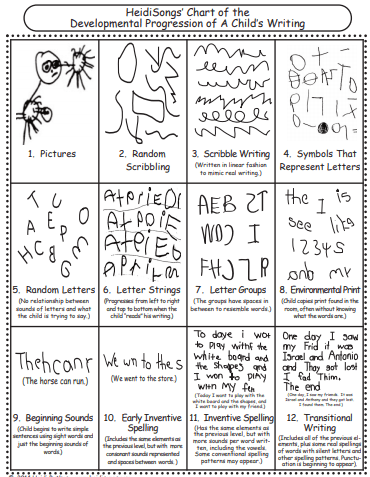English Writing
Writing at Kensington
Intent
Writing is a crucial part of our curriculum as we believe writing to be a lifelong and fulfilling skill. At Kensington, we want all children to develop a love of writing and to be able to express their thoughts and communicate their ideas clearly and creatively through their writing. It is important that all children learn to write independently from an early age. All children whatever their age will be encouraged to regard themselves as writers from the moment they make marks and attach meaning to them. We will create writers who will have fluent joined handwriting and can re-read, edit and improve their own writing considering the intended audience, purpose and impact on the reader. We set high expectations for all our children and we recognise the importance of nurturing a culture where children take pride in their work.
Implementation
At Kensington, we ensure children develop their writing skills in EYFS from mark making and emergent writing (children’s first attempts at the writing process) to writing creatively in KS2 for a purpose. At the very early stages of writing we use the emergent writing grid below to identify what support children need to progress as a writer.

At Kensington, we use a ‘Read to Write’ approach for writing across the school from Reception to Year 6. This approach provides children with exposure to high quality language rich, age appropriate texts that provide a vehicle for children’s writing. The units have been carefully mapped out so the entire statutory curriculum for English is covered. From Reception to Y6 the sequences of lessons follow a common sequence: immerse, analyse, plan and write. The texts provide opportunities to explore, develop and practise ways of controlling grammar for effect in the context of purposeful writing. The children develop spelling, vocabulary, grammar and punctuation knowledge and understanding in context, to use and apply across the wider curriculum. They explore the writing structure and features of different genres, identifying the purpose and audience.
The Read to Write units provide a framework for teachers and are adapted by teachers using differentiation to ensure challenge and support at all levels. This in turn ensures the inclusion of all children ensuring that every child is involved in quality first teaching and learning.
As children progress through the emergent writing model, they are taught to build sentences to convey meaning that considers the audience and purpose.
Shared, modelled and guided writing is used to demonstrate the application of skills and knowledge that have been taught throughout the unit of work. Pupils plan and write an initial piece of writing with a clear context and purpose before evaluating the effectiveness of their writing by editing and redrafting.
In accordance with the Read to Write framework, teachers draw upon key learning statements and Teacher Assessment Framework (TAF) writing guidance - all have been produced in accordance with the 2014 National Curriculum programme of study for writing. Collectively, these documents outline the expected skills, knowledge and understanding required for each year group. The documents inform teachers about what knowledge the children already know and what knowledge is needed to ensure that children continue to make progress in their journey to become confident and competent independent writers.
Teachers also draw upon LAPS (learning and progression steps) which support learning towards achieving the writing expectations in each year group. LAPS are numerically ordered from LAP 1 to LAP 3, to reflect the gradual development of the skill/s involved. Teachers draw upon these to ensure that the planning and delivery of learning is adapted to meet the needs of all children, as well as identifying and addressing gaps in prior learning in order to move learning forward.
Cold Writes
As part of developing as writer children complete a series of cold writes based on traditional tales in Autumn, Spring and Summer term. This gives all children from Reception to Y6 an opportunity to share their writing skills. It provides teachers with a baseline for their writing and allows teachers to set individualised and group targets that they use to inform their planning for the following units of work that follow.
Cross curricular writing
We seek to take advantage of opportunities to make cross-curricular links and plan for pupils to practise and apply the skills, knowledge and understanding acquired through English lessons to other areas of the curriculum. We ensure that cross-curricular writing for a specific audience and purpose is embedded in all year groups and across all curriculum areas with a minimum of two cross curricular writes per half term.
Grammar, Punctuation and Spelling
In Key stage 1, spellings are taught daily through whole class phonics lessons following Monster Phonics. These spellings are then reinforced further through weekly whole class spelling lessons following Spelling Shed. In Key Stage 2, spellings are taught through weekly whole class spelling lessons following Spelling Shed.
Children take home spellings to learn at home each week and these are tested in school during weekly spelling tests. Spellings are differentiated by amount so that all children have access to spelling rules that match age related expectations. Children who need additional support with spelling receive a variety of interventions that are tailored to address their gaps.
In addition to daily and weekly spelling lessons, we use Read to Write to identify age related spelling rules and patterns in order to teach these in context using the Read to Write texts as a vehicle.
Grammar and punctuation is taught through English lessons, giving all aspects of GPS a context and purpose. Where gaps are evident, teachers use English lessons to teach certain areas of GPS explicitly in order for children to secure the objectives set out in Appendix 1 of the National Curriculum.
We understand the importance of children having a wide and varied knowledge of vocabulary in order for them to access the wider curriculum. Vocabulary is taught explicitly during English lessons as well as Tuesday’s RM5 sessions. All teachers use ‘Words of the Week’ in order to teach new vocabulary. As part of teaching new vocabulary and to ensure children understand the new vocabulary on a deeper level, teaching explores: meaning, synonyms and antonyms, using the word in context, morphology and etymology.
GPS is assessed using Rising Starts GAPS tests (termly for year 2-6, in the summer term only for year 1). Data analysis highlights gaps and teachers plan to address these during their next English units.
Handwriting
Penpals for Handwriting enables us to teach and secure the development of handwriting throughout school, to ensure that children leave Year 6 with the ability to write using their own style of fast, fluent, legible and sustainable handwriting, as well as other styles of writing for specific purposes. In addition to teaching handwriting during weekly handwriting lessons, we have high expectations that what is taught and practised in handwriting lessons will be used in all writing activities. We believe that handwriting is integral to a child’s personal development and know that children’s engagement and self-esteem can be improved by their satisfaction and pride in good quality presentation.
Every half-term, one child from each class is awarded the ‘perfect presentation’ award. Every classroom displays ‘end of key stage expectations’, ranging from letter formation to layout. For children who are consistently demonstrating expectations, they are presented with a fountain pen / pencil as a recognition of their handwriting progress.
International Baccalaureate Learner Profile
We foster the development of the IB (International Baccalaureate) Learner profiles in all of our children. The LB profiles are woven throughout the English curriculum, whereby all profiles are re-visited regularly and built upon through a wide range of contexts and opportunities. Teachers identify the most appropriate profiles that are relevant and appropriate to the context of each learning outcome, signposting and referring to them regularly with the children. In doing so, learning is contextualised and purposeful; children will grow intellectually, personally, emotionally and socially.
Please click on the ‘English and the IB Learner’ tab to find out more about how the IB profiles underpin the English curriculum in writing.
Impact
Children at Kensington Primary school will make good progress in writing from their own personal starting points. They will be children who feel inspired to write creatively with confidence and children who take pride and value their writing. Our children will be able to write clearly, using an increased understanding of effective vocabulary and punctuation, as well as being able to adapt their language and style for a range of contexts, purposes and audiences. They will have the ability to write with stamina for increased periods of time and the ability to transfer their writing skills across the curriculum. Most importantly, they will develop a love of writing and be well equipped with the necessary writing skills for the remainder of their education and for life beyond school.

